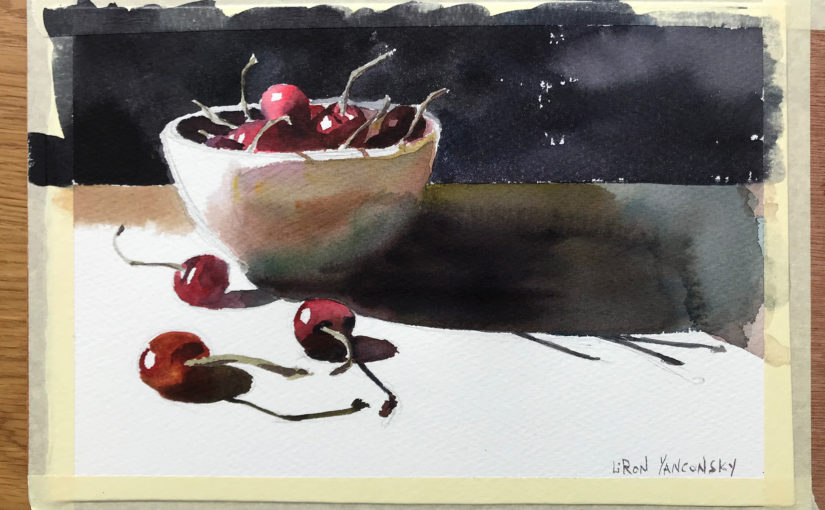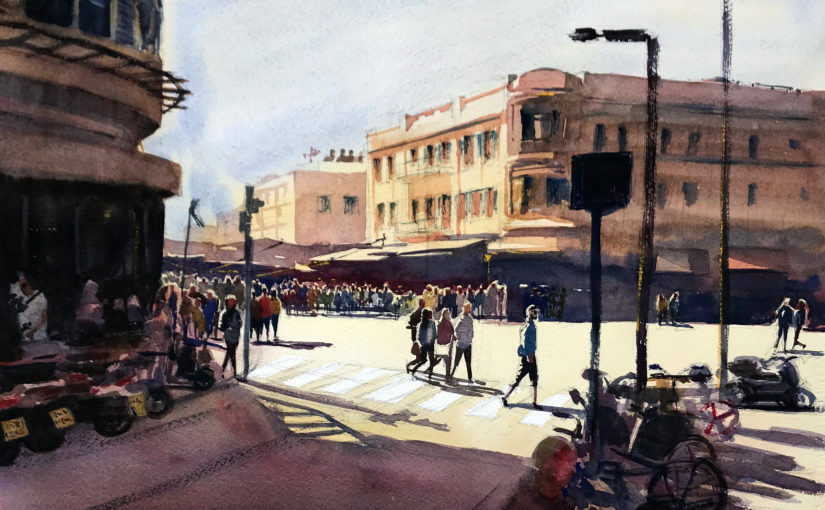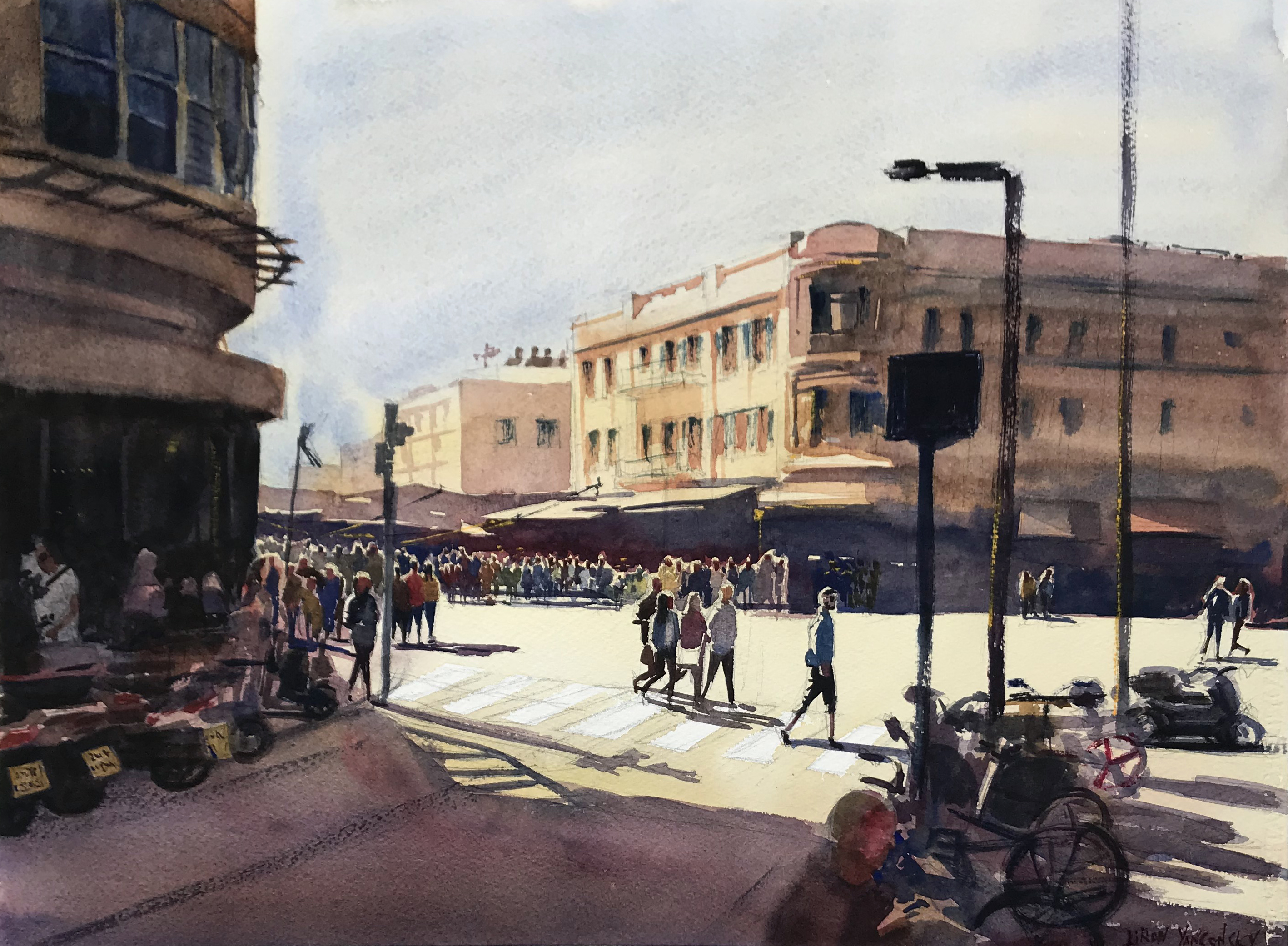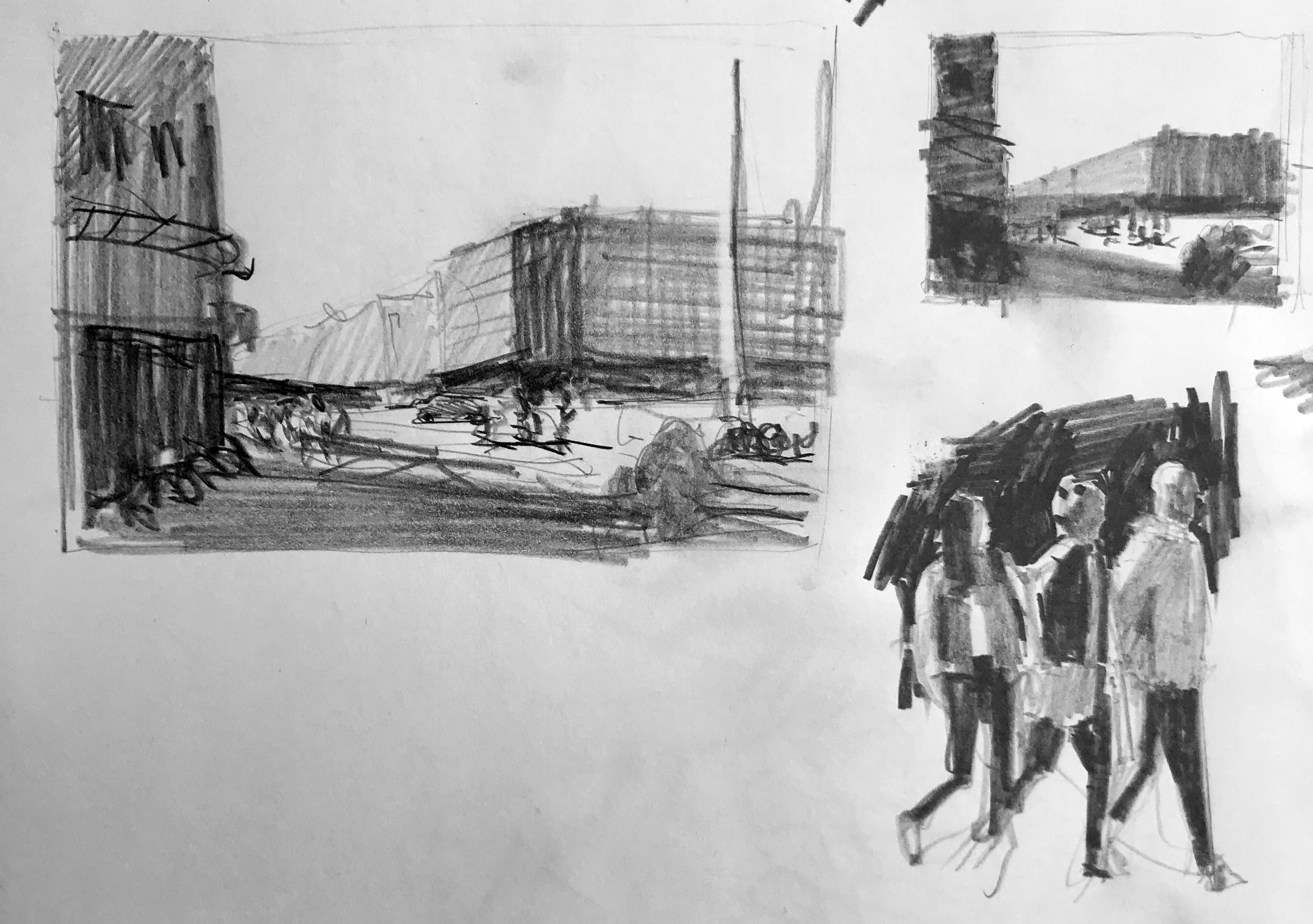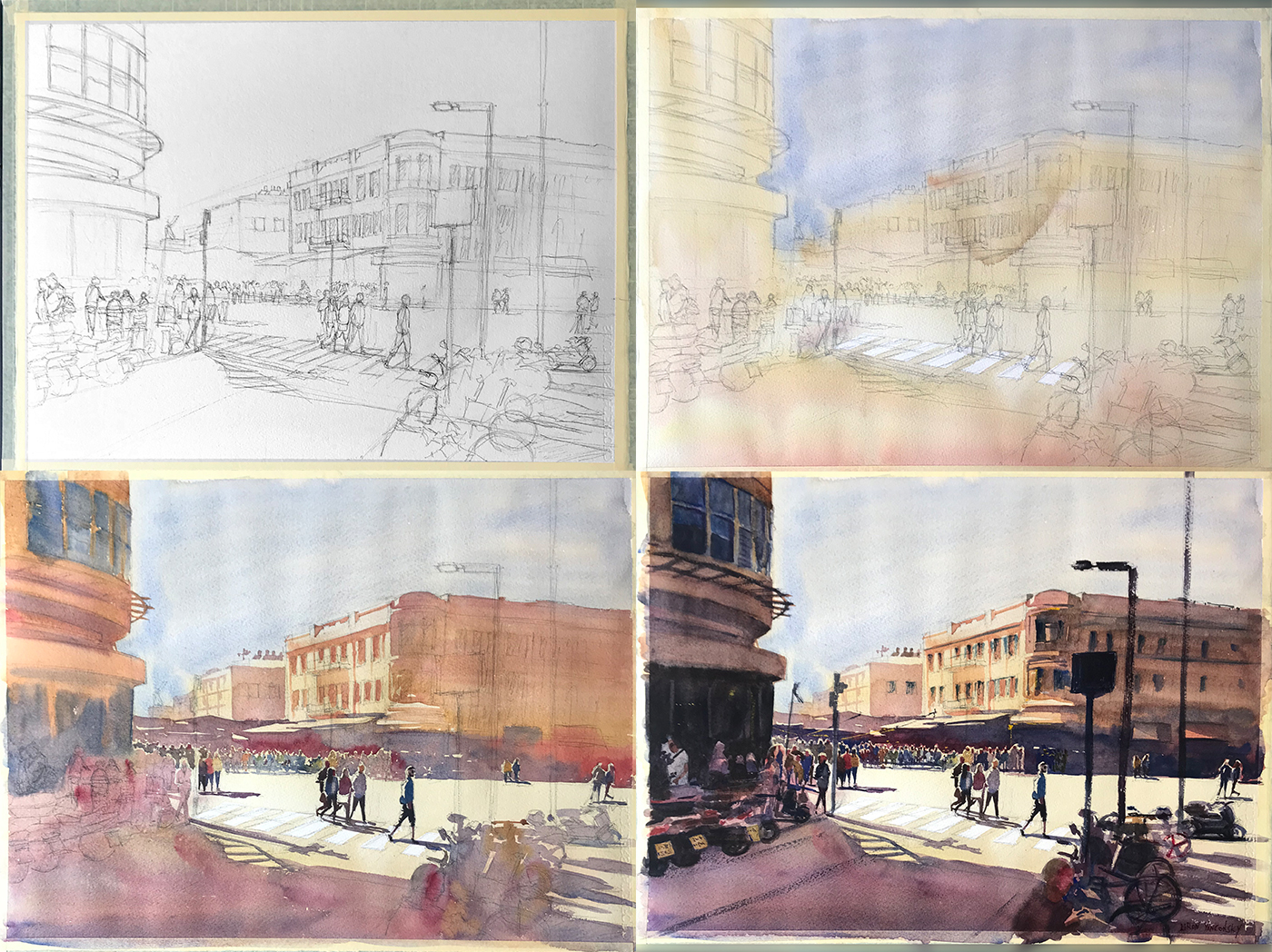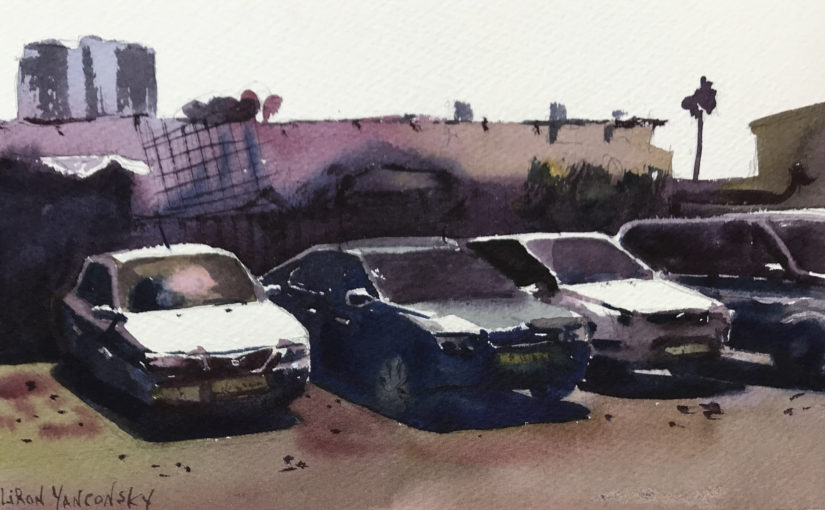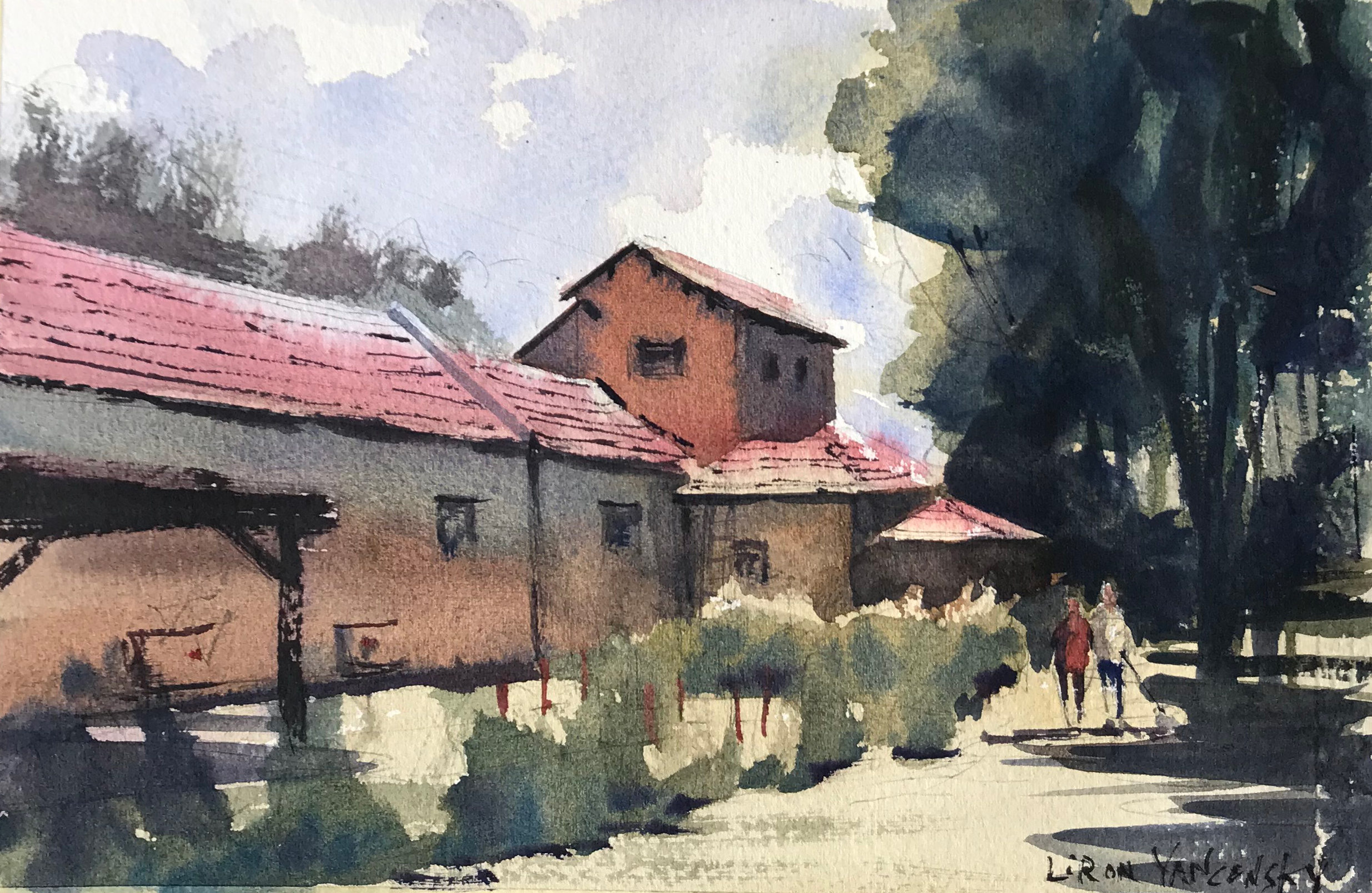Podcast: Play in new window | Download
I learned so much from my daily podcast, and would like to share my insights with you!
I’m going to keep the written version of this episode rather short and to the point. Let me know in a comment below your thoughts, and if there’s anything you want me to expand upon.
1. My Daily Podcast – How it Started
I started my daily podcast when I first got the Anchor.fm app on my iPhone. It was originally meant to be a social network – only audio based.
I knew audio is important, as podcasts are very popular, and decided to jump aboard.
With time, the app pivoted multiple times, and it is now a streamlined podcast publishing platform.
2. What I Learned From my Daily Podcast
Here we go, this is the main part of the episode…
a. Higher frequency trains your brain to come up with more ideas.
This is something I experienced when I got started on YouTube as well. The more I increased the video frequency (moving from once a week to three videos a week, and at certain times even daily), the more ideas my brain started generating.
This is quite amazing. You may think to yourself – I don’t have any ideas for a weekly episode – how will I do 2 or 3 a week.
Well, turns out that deciding to do more will eventually lead to more ideas. You may suck at first – but it will improve really fast.
b. Better at coming up with topics on the fly.
Doing the daily podcast forced me to come up with ideas and topics on the fly. I can now probably generate ideas faster and more easily.
c. Finding interest in small things.
Instead of trying to find the perfect topic, one no one has covered before me… The daily podcast taught me to FIND the interest in things.
I could recognize the interest of a very initial idea, and create content very fast. In the past I may deem it uninteresting or irrelevant.
d. Idea generating tool.
This is probably the biggest one for me. The crazy amount of ideas I gain from the daily podcast ends up translating into topics for videos, articles, as well as weekly podcast episodes.
It’s a powerhouse of generating new ideas I can use for multiple social media outlets.
And that’s it! There are actually two more points you’ll have to listen to the episode to hear (;
Artist Corner
Today I talked about Ekaterina Sava, a very impressive watercolor painter.
Her staple is floral paintings. The way she handles washes and combines wet-in-wet with sharper edges is amazing.
I highly recommend you check out her FB profile, where she shares a lot of her work:
Ekaterina Sava on Facebook
And Here’s where you can find me
Check out my YouTube Channel – Liron Yanconsky
Or ask me questions on Instagram – @LironYanIL or Snapchat – @LironYan3
I hope you enjoyed this one. Take care, and we’ll talk again really soon,
– Liron

